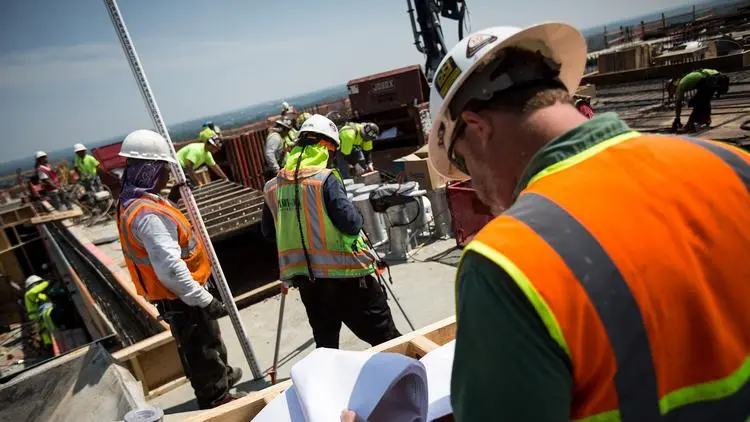Major Reduction in Federal Workforce
The US government is preparing to cut around 300,000 federal jobs this year, in what could become one of the largest workforce reductions in recent decades. According to the Trump administration, the decision represents a 12.5% decrease in staff since January.
Scott Cooper, Director of the Office of Personnel Management (OPM), said that 80% of the departures are expected to be voluntary, with employees resigning or taking early retirement packages. The remaining 20% will face direct layoffs.
Goals: Cost Savings and Streamlined Operations
Officials say the move is aimed at reducing federal expenditure, improving operational efficiency, and eliminating positions considered non-essential. Departments are currently conducting internal reviews to identify roles that can be cut without compromising critical services.
Sectors such as defense and the State Department will face lower layoff rates to avoid disrupting national security and sensitive diplomatic operations.
Second-Term Policy Push
President Donald Trump began his second term in January with a pledge to reduce the size of the civilian federal workforce. In his first weeks, he ordered agencies to review staffing levels and submit plans for potential downsizing.
According to Reuters, nearly 154,000 employees opted for early retirement last month, lured by financial incentives. This latest round of cuts will also include about 1,400 employees from the State Department, marking one of the largest reductions in the department’s recent history.
Economic and Service Concerns
Analysts say the plan could lead to substantial savings for the federal budget. However, they caution that the move may also increase economic pressure on affected workers and their families.
If the layoff rate is higher than expected, there are fears it could reduce the quality of federal services and slow down government operations.
Public sector unions have voiced concerns, arguing that mass reductions often lead to longer processing times, reduced oversight, and heavier workloads for remaining staff.
Balancing Cuts with Service Needs
The Trump administration insists it is taking steps to mitigate any negative impact. Officials have pledged to provide training and performance improvement programs for the remaining workforce, ensuring that government services continue at acceptable standards.
Additionally, if certain departments face urgent staffing needs, targeted recruitment will be allowed to fill essential positions.
Historical Context
While federal workforce adjustments are not new, the scale of this planned reduction is significant. In past administrations, job cuts were often spread over several years to reduce disruption.
The last comparable downsizing occurred in the early 1990s under President Bill Clinton, though the scale was smaller and focused on specific agencies.
Looking Ahead
The government plans to roll out the reductions in stages over the next several months. Departments are expected to finalize their staff review reports by the end of the quarter.
Observers say the political and economic impact of these cuts will depend on how the administration balances cost-saving objectives with the need to maintain functional public services.
If handled carefully, officials argue, the cuts could modernize and streamline government operations. But critics warn that poorly managed downsizing could lead to service gaps and lower public trust in government institutions.















